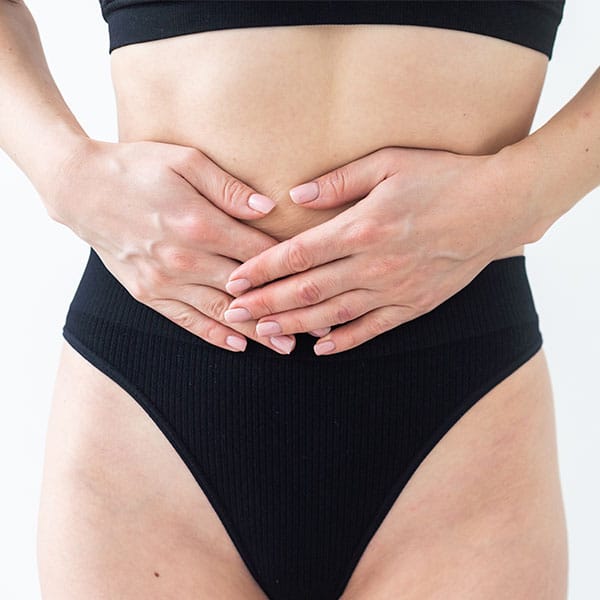How common is stress incontinence?
Stress incontinence is the most common form of urinary incontinence. Overall this is about 4 in 100 adults and well over half of these are due to stress incontinence. Stress incontinence becomes more common in older women. As many as 1 in 5 women over the age of 40 have some degree of stress incontinence.
It is likely that the true number of people affected is much higher. Many people do not tell their doctor about their incontinence, due to embarrassment. Some people wrongly think that incontinence is a normal part of aging that has to be accepted, or that it cannot be treated. This is unfortunate, as many cases can be successfully treated or significantly improved.
Stress incontinence symptoms
Stress incontinence occurs when urine leaks because there is a sudden extra pressure within the tummy (abdomen) and on the bladder.
This pressure (or stress) may be caused by things like coughing, laughing, sneezing or exercising (such as running or jumping).
Small amounts of urine may leak but sometimes it can be quite a lot and can cause embarrassment.
Diagnosis and Testing
- Physical and medical history
- Urinalysis – urine test chemistry of bladder
- Urodynamics – electronic, computerized testing of bladder function test
- Cystoscopy – painless viewing interior of bladder with small camera
What Causes Menopausal Urinary Incontinence?
Most of the symptoms associated with menopause are related to a lack of estrogen, the hormone that regulates female sex characteristics during puberty, pregnancy, and menstruation. During menopause, estrogen levels in the body decline, which can cause a thinning of the lining of the urethra and a weakening of the pelvic floor. Either of these issues alone or the combination of the two can lead to bladder control problems.
Types of Urinary Incontinence
There are different kinds of urinary incontinence, but some are specifically associated with menopause. For example, stress incontinence occurs when drops of urine leak during sneezing, coughing, laughing, or lifting a heavy object. Urge incontinence means that the urge to urinate comes on suddenly and intensely, so much so that you may have trouble making it to the bathroom in time. Some women also experience leakage during the middle of the night.
Treatment Options for Stress Urinary Incontinence
If you’re experiencing incontinence, the good news is there are treatment options available. It all starts with a consultation at our office. We will want to rule out other underlying conditions that can lead to urine leakage. The treatment depends largely on the type of incontinence you have and the extent of your symptoms, and it may begin with simple lifestyle changes.
We may recommend hormone replacement therapy, laser treatment, PRP therapy, medications, or surgery, depending on your situation. We urge you to schedule a consultation at Contemporary Health Center to learn all about your treatment options. Our medical practitioners would be happy to evaluate your case and come up with a individualized treatment plan for you!
